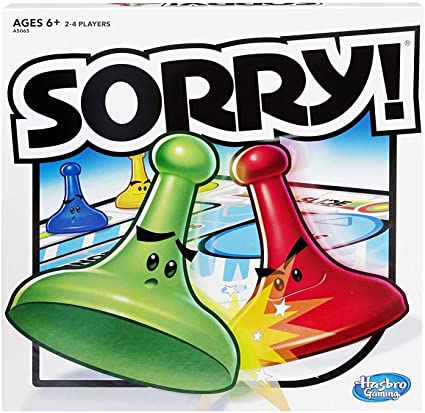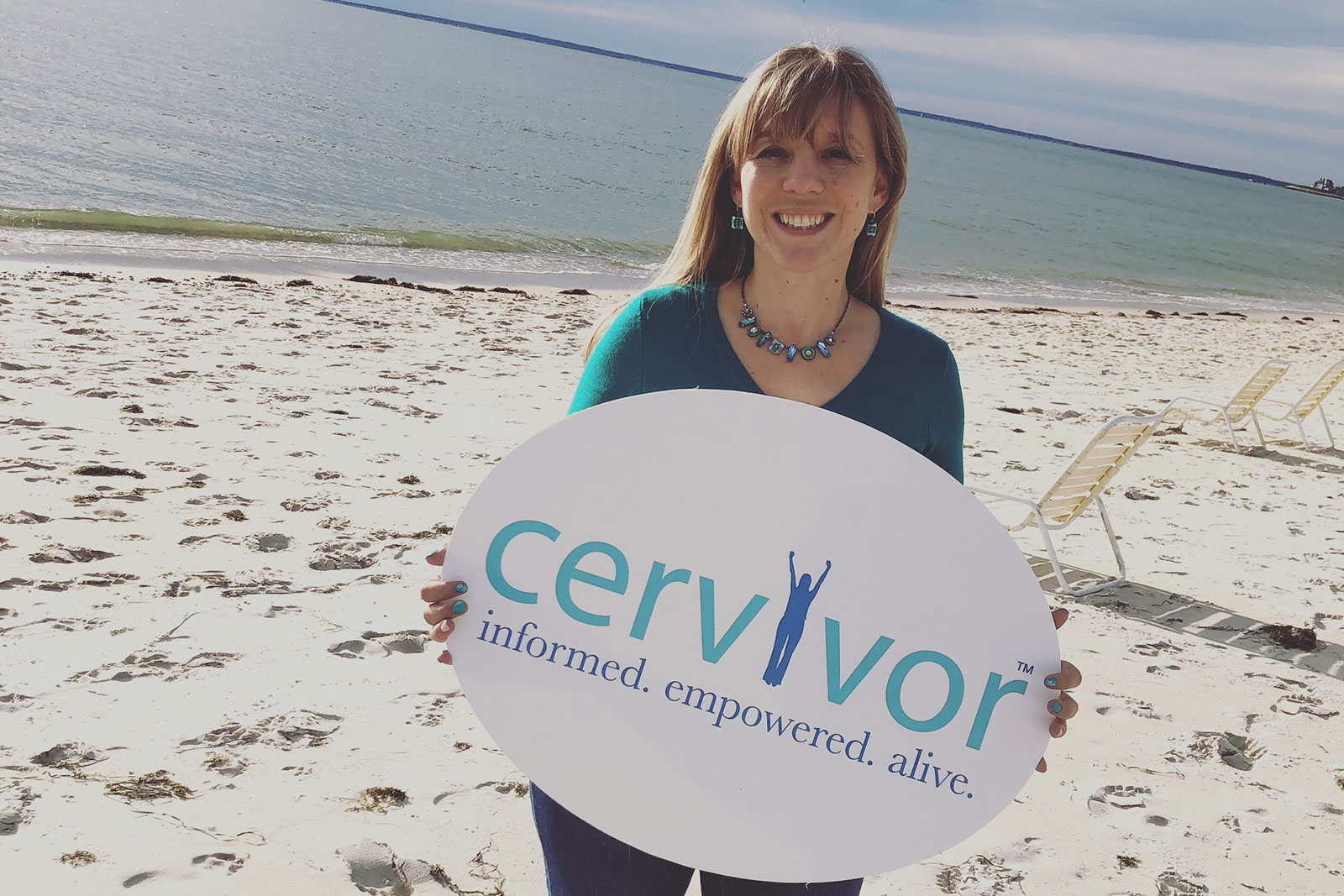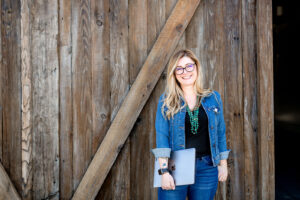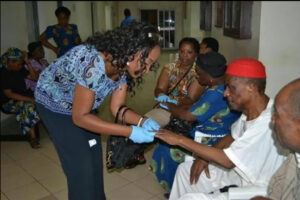A very dear friend of mine wrote a blog post about living life as the mother of a child with leukemia. She likened it to playing Jenga—how she built her tower up, but things like fevers, ER trips and colds would remove blocks, weakening her tower until so many blocks were gone that the Jenga tower that is her life would come crashing down. All she could do at that point was slowly and carefully start rebuilding the tower.
I started thinking about my life as a cancer survivor and it isn’t quite the same as a Jenga tower. Instead, my life feels like Sorry, the board game.

Starting the Game
Everyone playing Sorry places their pieces in the Start Circle. This is a holding pen of sorts. Before you can remove your piece from the circle and begin, you must draw a one or a two from the deck of cards. You never know when they will pop up. It could be on your first turn or it could be on your 18th turn. You just have to wait. There is nothing you can do to start playing the game until you draw one of those cards.
I am sure that at the five-year mark, survivors still worry about the “SORRY” card. It doesn’t just go away completely and it can still cause trouble. But it causes less trouble. And I imagine this is what the five-year mark will be for me. I will never be completely safe. I will never stop worrying about recurrence. I know too much now. I know too many people who have had their lives cut too short. But at five years NED, I will have made it into my own Safety Zone.
This is how receiving the No Evidence of Disease (NED) prognosis from your oncologist feels. You never know when it will come. Will it be on your first post-treatment check? Will it take weeks or months or years? Will it ever come? Until you hear that news, you are left waiting in the holding pen.







